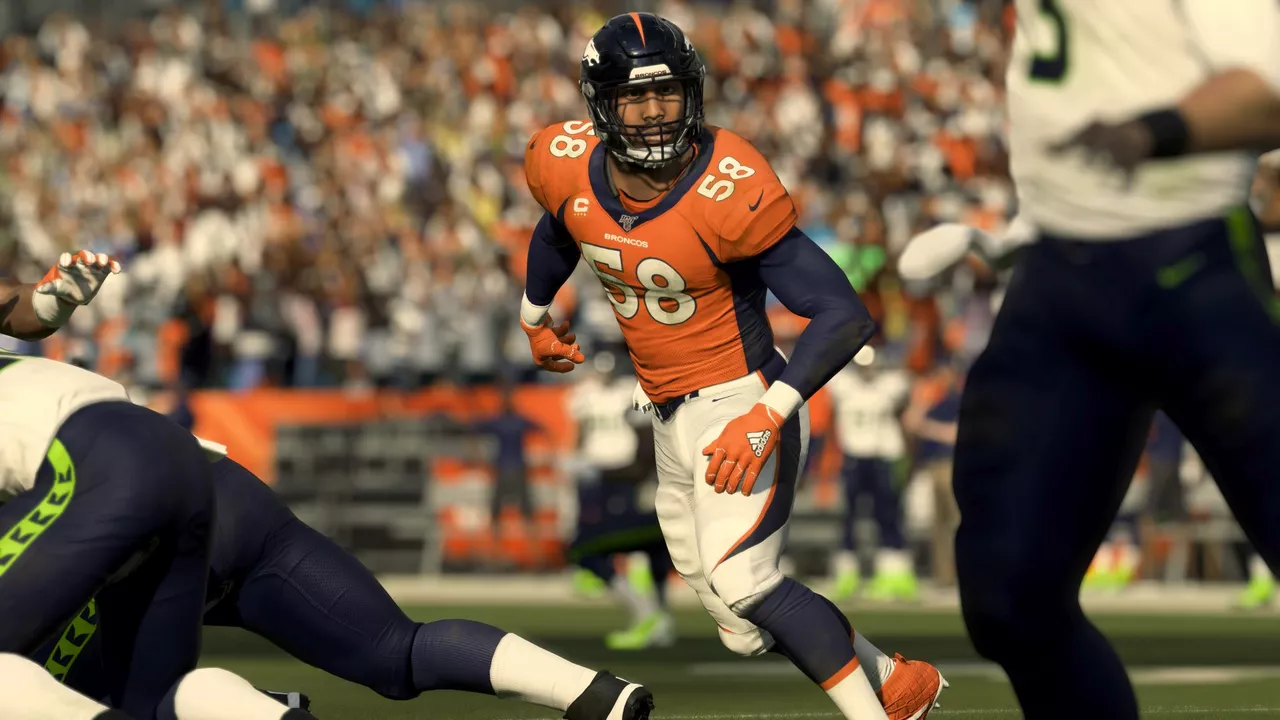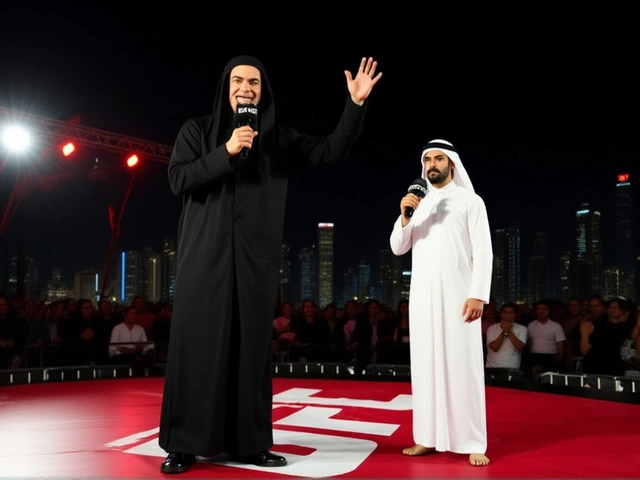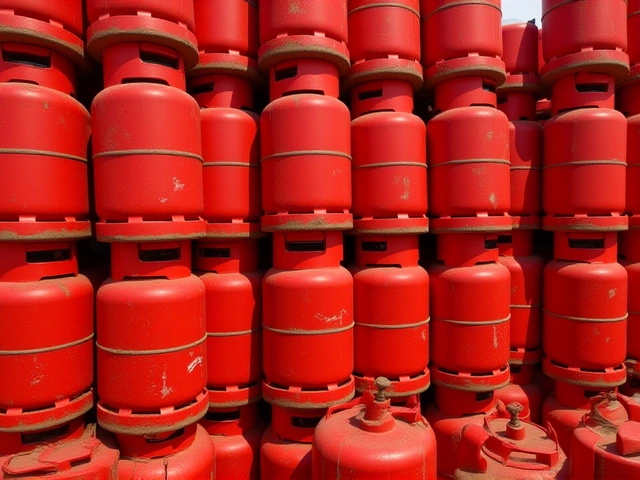NHL Game Duration: What You Need to Know
If you ever wondered why a hockey game feels longer than the clock says, you’re not alone. The NHL has a set structure, but the actual time you sit in the arena can stretch out due to breaks, stoppages, and extra periods. Let’s break it down so you know exactly what to expect.
Regulation Time: The Core of the Game
A standard NHL match consists of three periods, each lasting 20 minutes of real playing time. That’s 60 minutes of action on the ice. However, the clock stops for almost every play—goals, penalties, icing, and when the puck leaves the playing area. Because of these stoppages, a typical three‑period game usually runs about two and a half hours from the first face‑off to the final buzzer.
Between the periods you get a 17‑minute intermission. Teams use that time to change lines, review strategy, and hydrate. The break also gives fans a chance to stretch, grab a snack, or check the score.
Overtime and Shootouts: When the Game Goes Beyond 60 Minutes
If the score is tied after 60 minutes, regular‑season games head into a five‑minute sudden‑death overtime. It’s played 3‑on‑3, and the first team to score wins. The clock runs continuously in overtime, unlike regulation where it stops for every whistle.
Should nobody score in overtime, the game moves to a shootout. Each team selects three shooters, and they take turns trying to beat the opposing goalie. The shootout itself adds a few more minutes, but the overall length of a game that goes to a shootout can climb to three hours or more.
Playoff games handle overtime differently. Instead of a five‑minute period, they play full 20‑minute sudden‑death periods until someone scores. That means a playoff game can stretch well beyond the usual two‑and‑a‑half‑hour window, sometimes reaching four or five periods.
Other factors that stretch the clock include video reviews, injuries, and equipment issues. Each of those can add a few minutes, but they’re usually brief compared to the built‑in breaks.
In short, the official “game duration” in the NHL is 60 minutes of regulated play, split into three 20‑minute periods. Add intermissions, possible overtime, and any extra time for reviews, and you’re looking at roughly 2.5 to 3 hours for a typical game, with playoffs potentially running longer.
Knowing these timings helps you plan your visit to the arena, schedule your snacks, or set your home‑watching expectations. Next time you hear the announcer say “final buzzer,” you’ll understand exactly how much hockey that really was.
As a sports enthusiast, I've often wondered why NFL games tend to be longer than NHL ones. The primary reason lies in the structure and rules of each game. NFL games consist of four 15-minute quarters with stoppages for timeouts, injuries, commercials, and halftime, which can significantly extend the total duration. On the other hand, NHL games have three 20-minute periods with shorter stoppages and less frequent commercial breaks. So, despite the NHL's periods being longer on paper, NFL games typically last longer due to these additional breaks and interruptions.
Read more





